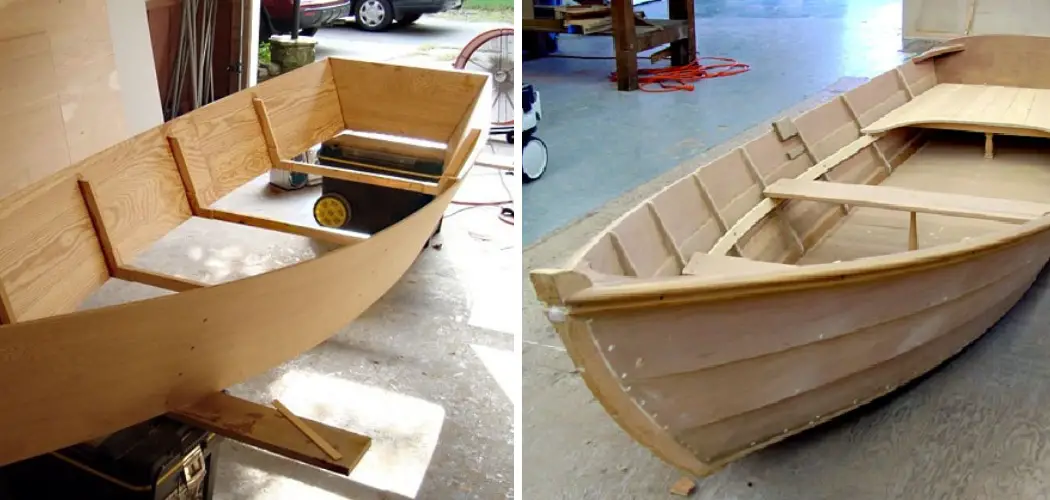Plywood is a popular material for building boats but is not naturally waterproof. If you’re building a boat with plywood, protecting it from moisture is vital to maintain its structural integrity.
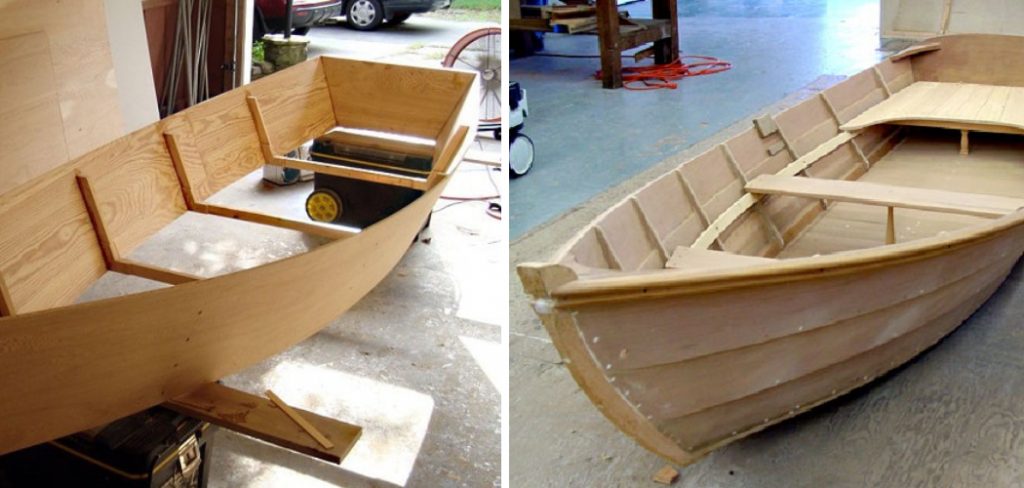
Finding the best way to waterproof plywood for your boat can seem daunting, but it’s essential if you want to extend your boat’s durability and life. In this post, we’ll discuss several effective methods on how to waterproof plywood for boat to keep it safe from water damage.
Can You Waterproof Plywood for A Boat?
Owning a boat is a great way to explore the beauty of the open water. However, with great ownership comes great responsibility. To keep your boat in the best possible condition, it is important to ensure that it is protected from natural elements. When protecting your boat, one of the most important things you should consider is waterproofing the plywood.
The good news is that with the right knowledge and equipment, waterproofing plywood for a boat is possible. So, whether you want to protect your boat from water damage or improve its durability, waterproofing your plywood is a task you should add to your to-do list.
Why Should You Waterproof Plywood for A Boat?
When building a boat, using the right materials and taking the necessary steps to ensure it remains functional for years is crucial. One key element in boatbuilding is using plywood. However, if left unprotected, plywood can quickly deteriorate and become damaged by water, leading to an unsafe and unreliable vessel.
That’s where waterproofing comes in. By waterproofing your boat’s plywood, you can safeguard it against water damage, warping, and rotting, ultimately increasing your boat’s longevity and performance. So, the next time you build or restore a boat, don’t overlook the importance of waterproofing plywood. Your boat (and wallet) will thank you in the long run.
How to Waterproof Plywood for Boat: A Complete Guide
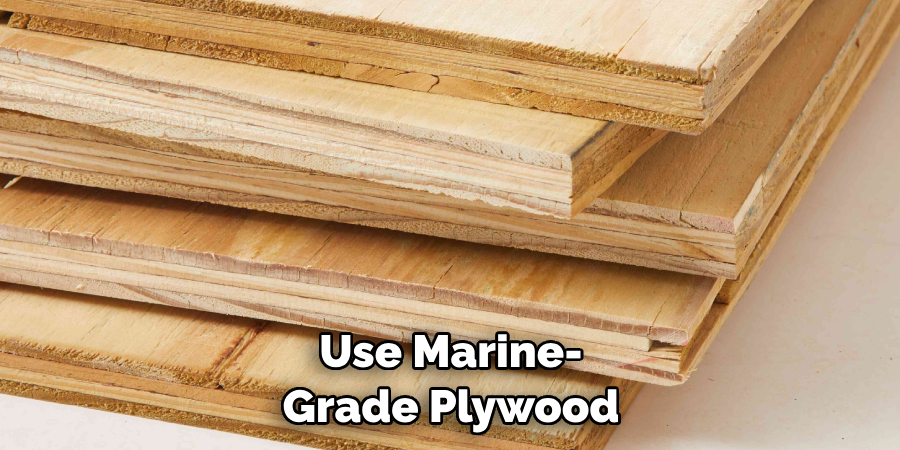
1. Use Marine-Grade Plywood
If you’re using plywood in building your boat, make sure to use marine-grade plywood designed specifically for boat construction. Marine plywood uses a waterproof glue that holds the layers of wood together.
It has no voids, which means that there are no gaps between the wood layers that could cause water intrusion, weakening the boat’s structure. Marine plywood is the best choice for boat builders who want to avoid the risk of water damage.
2. Seal the Edges with Epoxy
The edges of plywood sheets are the most exposed areas for water damage. One of the effective ways to protect the edges is by applying epoxy resin. Epoxy is a durable waterproof coating that creates a protective barrier against moisture.
Before applying epoxy, it’s important to prepare the wood surface by sanding it to remove dirt or debris. After that, apply a thin layer of epoxy on the edges of the wood and let it dry completely before moving on to the other side.
3. Apply Fiberglass Cloth
Fiberglass cloth is another waterproofing method boat builders use to protect their plywood boats. The cloth reinforces the boat’s structure while creating a strong barrier against water penetration.
Before applying fiberglass cloth, sand the wood surface to make it smooth. Then, apply a coat of epoxy to the wood and lay the fiberglass cloth on top of it. Use a squeegee to smooth out any air bubbles. After that, apply a topcoat of epoxy resin to seal the fiberglass cloth completely.
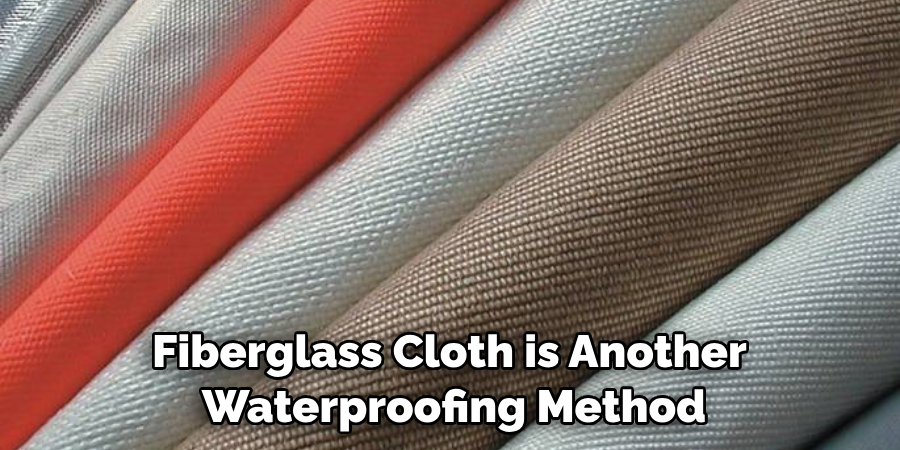
4. Apply Marine Paint
Marine paints are specialized paints designed to withstand harsh maritime environments. They are an affordable and straightforward option for waterproofing plywood boats. When using marine paint, it’s essential to sand the wood surface first to allow the paint to adhere to the surface properly.
Apply multiple layers of paint, letting each layer dry before applying the next. Make sure to apply the paint to the edges and any other exposed areas, such as the bottom of the boat.
5. Use Elastomeric Marine Sealant
Using elastomeric marine sealant is another effective way to waterproof the plywood of your boat. Elastomeric sealants are designed to expand and contract with changes in temperature and humidity, making them ideal for boat environments.
They are versatile and can be used on any surface, including rubber, plastic, aluminum, and fiberglass. Apply the sealant to the edges of the ply by using a caulking gun. Ensure that you fill any gap or cracks between the plywood and adjacent surfaces.
6. Use Varnish
Varnish is another popular method of waterproofing plywood boats. Before applying the varnish, it’s important to sand the surface and apply a layer of primer for better adhesion. Once the primer has dried, apply multiple thin layers of varnish to the wood, letting each layer dry before applying the next. Varnish can help protect your plywood boat from sun and water damage.
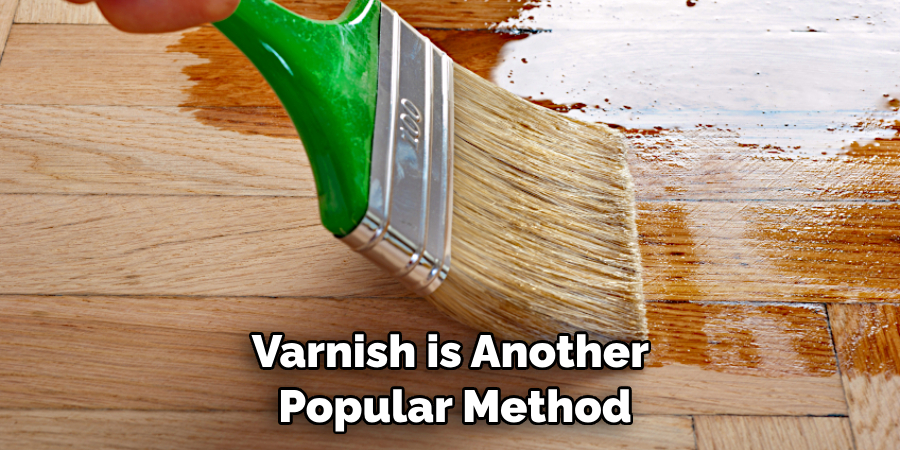
7. Use Liquid Rubber Sealant
A liquid rubber sealant is an excellent way to waterproof plywood boats since it creates a strong barrier against moisture. When using a liquid rubber sealant, make sure to clean the wood surface first before applying it. Also, use a brush to apply the sealant on the plywood edges and any joints or gaps. Let it dry before using your boat in the water.
That’s it! You’ve now learned seven different methods for waterproofing plywood for a boat. Taking the time to waterproof your boat’s plywood properly will help protect it from water damage, extend its life, and make it look better overall. So, don’t forget to add this important task to your next boatbuilding or restoration project! Happy sailing!
5 Considerations Things When You Need to Waterproof Plywood for a Boat
1. Choose the Right Type of Plywood
When waterproofing plywood for a boat, choosing the right type of plywood is important. Marine-grade plywood is designed to withstand exposure to water and humidity, making it an ideal choice for boatbuilding projects. Ensuring the plywood has been treated with a waterproof sealant or paint is also important.
2. Use Epoxy Resin
Epoxy resin is one of the best materials for waterproofing plywood for a boat. This material forms a strong bond between the wood fibers and creates an impenetrable barrier against moisture and humidity. It can also be used with fiberglass cloth for added strength and durability.
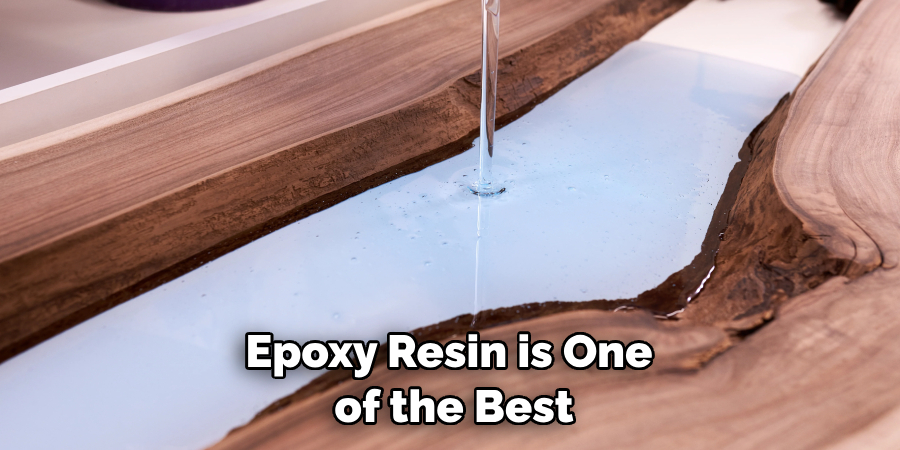
3. Apply a Waterproof Sealant
Applying a waterproof sealant is another effective way to protect plywood from water damage. Several types of sealants are available, including acrylics, polyurethanes, and silicone-based formulas. For maximum protection, applying multiple coats of sealant over the entire wood surface is best.
4. Paint the Plywood
Painting the plywood with marine-grade paint will also help to protect it from water damage. It is important to use a paint that is specifically designed for use on boats, as regular paints may not be able to withstand exposure to saltwater or other harsh elements found in marine environments. Additionally, make sure that you apply several coats of paint for maximum protection against moisture and humidity.
5. Monitor Conditions Regularly
It is also important to monitor conditions regularly to ensure that your waterproofing efforts are successful. Ensure there are no signs of water damage or deterioration, such as warping or cracking in the wood, as these could indicate that more protective measures need to be taken to keep your boat safe from water damage.
5 Benefits of Waterproof Plywood for Boat
1. Durability
Waterproof plywood is an incredibly durable material that is perfect for boat building. It is made from layers of thin sheets of wood glued together with waterproof adhesive. This creates a strong, stable material that can withstand the rigors of life on the water. The layers also help to reduce warping and cracking, which can occur in traditional wood when exposed to moisture or temperature changes.
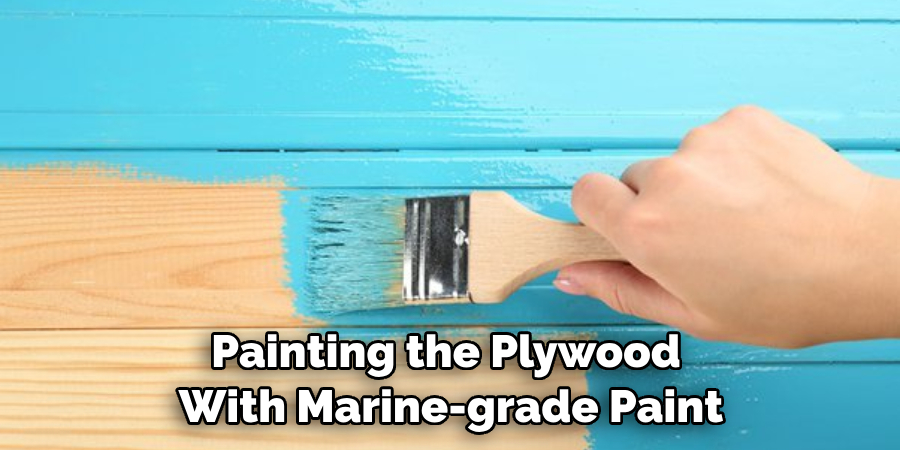
2. Lightweight
Waterproof plywood is also much lighter than other types of wood, making it easier to work with and transport. This makes it ideal for boat building, as it reduces the overall weight of the vessel and makes it easier to maneuver in the water. Additionally, its light weight means that you don’t need as many supports or reinforcements, which can save time and money during construction.
3. Cost-Effective
Another benefit of waterproof plywood is that it is much more cost-effective than other materials used for boat building, such as fiberglass or aluminum. Not only does it cost less upfront, but it also requires less maintenance over time, saving you money in the long run.
4. Versatile
Waterproof plywood is also very versatile and can be used for various applications on boats such as decks, bulkheads, floors, and transoms. It can be cut into any shape or size needed, making it easy to customize a boat according to your needs. Additionally, its strength allows you to use fewer pieces when constructing a boat, saving both time and money.
5. Eco-Friendly
Finally, waterproof plywood is a great choice if you’re looking for an eco-friendly option for your boat-building project. Plywood comes from renewable sources such as trees harvested responsibly without damaging forests or ecosystems around them.
Additionally, because it doesn’t require harsh chemicals or treatments like fiberglass, its production process has minimal impact on the environment compared to other materials used in boat building.
With all of these benefits, waterproof plywood is an ideal choice for boat-building projects and can help you build a strong, durable vessel that will last for years to come. Make sure to do your research before selecting a type of plywood so that you get the best results for your project.
5 Common Mistakes People Make When Trying to Waterproof Plywood for a Boat
1. Not Applying Enough Sealant
One of the most common mistakes people make when trying to waterproof plywood for a boat is not applying enough sealant. Plywood is highly porous and must be thoroughly sealed to keep it watertight. Applying a generous amount of sealant is important, ensuring that all surfaces are completely covered. If the sealant isn’t applied properly, water can seep into the wood, leading to rot and decay.
2. Not Using Marine Grade Plywood
Another mistake people make when trying to waterproof plywood for a boat is not using marine-grade plywood. Marine-grade plywood is designed specifically for use in boats and is much more resistant to water damage than regular plywood. Regular plywood may look similar, but it doesn’t have the same level of durability and won’t hold up as well over time.
3. Not Preparing the Surface Properly
It’s also important to prepare the surface of the plywood before applying any sealant or paint. The surface should be sanded until smooth and free from any dirt or debris that could prevent the sealant from adhering properly. Any existing paint should also be removed, as it can prevent the new coat from bonding correctly with the wood.
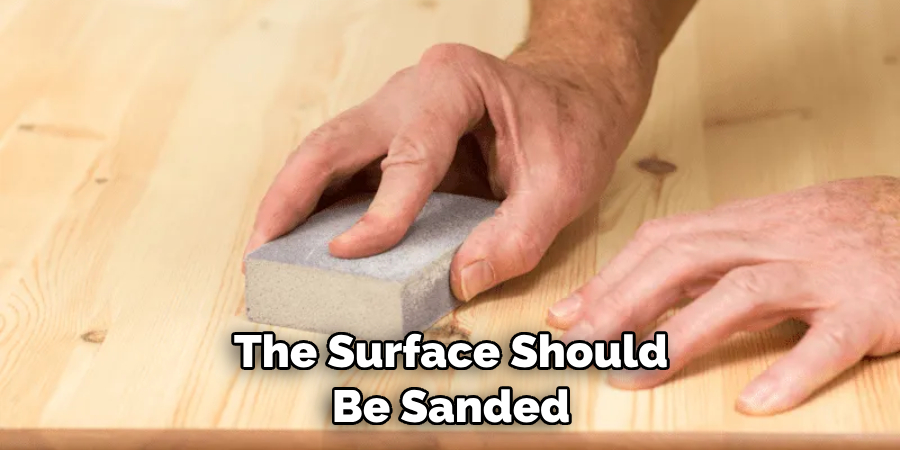
4. Not Using Multiple Coats of Sealant
Applying only one coat of sealant will not provide enough protection against moisture and will need to be reapplied more often than if multiple coats were used initially. Multiple coats will create a stronger barrier between the wood and moisture, providing better protection over time and making it easier to maintain in future years.
5. Not Letting Each Coat Dry Completely
Finally, it’s important not to rush through this process by skipping steps such as waiting for each coat of sealant or paint to dry completely before applying another layer. This step is essential for all layers to bond properly and form an effective waterproof barrier between your boat and any moisture that may come into contact with its surface over time.
Conclusion
Waterproofing plywood is a vital step in building a long-lasting and durable boat. Choosing one of these waterproofing methods will help extend the life of your boat and reduce maintenance costs in the long run. However, each method has advantages and disadvantages, so choosing a method that best suits your needs and budget is important.
Whatever method you choose, follow the correct application instructions to achieve the best results. Proper waterproofing allows you to enjoy your boat for many years. Thanks for reading our post about how to waterproof plywood for boat.

